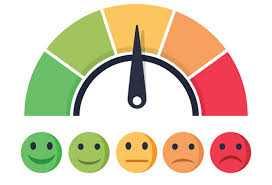Feelings and Emotions
Feelings and emotions arise from the nervous system and neuromodulators. They are contextual and culturally dependent. While they feel uncontrollable, we can influence them by changing our nervous system through neuroplasticity.
35
488 reads
CURATED FROM
IDEAS CURATED BY
I share the best ideas from books, podcasts, and daily discoveries. Join me in learning something new every day.
The podcast provides an overview of the human nervous system, how it governs our experiences and behaviors, and how we can rewire it through neuroplasticity. The discussion covers neurons, synapses, neuromodulators, the autonomic nervous system, ultradian rhythms, and the role of sleep and focus in facilitating change.
“
Similar ideas to Feelings and Emotions
Understanding Feelings
- Natural and Valid: Our feelings are natural and valid responses to our experiences, desires, and perceptions.
- Diverse Range: Feelings can encompass a wide range of emotions, from joy and love to anger and sadness, and they can also include attractio...
Feelings
Feelings are preceded by emotions and tend to be our reactions to them. Emotions are a more generalized experience across humans, but feelings are more subjective and influenced by our personal experiences and interpretations, thus they are harder to measure.
Increasing Awareness Of Your Emotions
We do not give our emotions any thought, and move through them mechanically, making them the masters of our behaviour. Anyone can push the wrong buttons and trigger us in a few seconds.
We need to be aware of our emotions and feelings by asking ourselves the following:
- Wha...
Read & Learn
20x Faster
without
deepstash
with
deepstash
with
deepstash
Personalized microlearning
—
100+ Learning Journeys
—
Access to 200,000+ ideas
—
Access to the mobile app
—
Unlimited idea saving
—
—
Unlimited history
—
—
Unlimited listening to ideas
—
—
Downloading & offline access
—
—
Supercharge your mind with one idea per day
Enter your email and spend 1 minute every day to learn something new.
I agree to receive email updates
